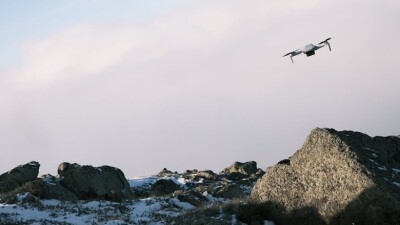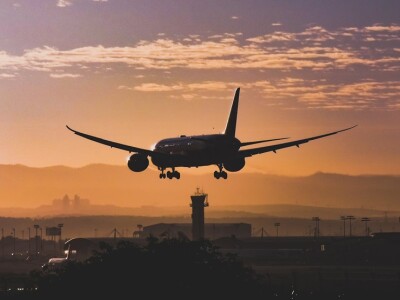As we mark our article number 350 for Commercial UAV News, it’s time to reflect on the past 11 years of an industry that’s making great strides towards maturity but, in reality, it’s still in its infancy.
Hundreds if not thousands of companies have raised billions of dollars of investment, and the technology today is light years ahead of what it was in 2013. We have Part 107, and the Federal Aviation Administration (FAA) is working on the Notice of Proposed Rulemaking (NPRM) for flights beyond visual line of sight (BVLOS) in what the industry has christened as Part 108.
But where are we really in terms of long-term viability, profitability, and mainstream acceptance of uncrewed aviation? Unfortunately, the answer is not a resounding validation of the billions spent on developing technology and processes to improve safety and create new sources of revenue and jobs. The answer is more of a tepid promise that it will eventually happen.
But there are reasons to be optimistic, and we are bullish in the future of an industry that is destined to change the way we do business. It’s important to put things in perspective, and I believe a comparison with crewed aviation is a valid way of evaluating how fast or how slow we are moving forward.
If we consider a priori, just to have a reference point, that 2013 is the year when commercially available drones began making an impact, and we also agree that 1903 was the year that crewed aviation really took off (no pun intended) with the first powered flight of the Wright brothers, then 11 years later, 2024 is the equivalent of 1914 for traditional aviation.
So, where was humankind in 1914 with regards to the manufacture and regulation of traditional aircraft? The best way to describe it would be an excited and disorganized chaos led by unsupervised manufacturers and everything-goes aviators killing themselves in unsafe contraptions built in garages without the minimum amount of safety precautions.
There was no FAA, no concept of safety practices, very little was known of the weather at altitude and everyone in the nascent industry was fighting for a seat at the table in an unregulated industry that attracted investment and excitement but promised very little in terms of scalability and profitability.
Sounds familiar?
The big difference between 1914 and 2024 is that today communications are instantaneous and uncrewed aviation arrives when there is already over a century of lessons learned and fine-tuned regulations and best practices for aviation in general.
In his book “Fate is the Hunter,” author Ernest K. Gann masterfully describes how pilots at the dawn of commercial airline travel embarked in the craziest adventures with the minimum equipment in unproven aircraft designs just for an opportunity to fly. According to Gann, in the late 1920’s your chances of reaching your destination by air in the early attempts at regular airline flights was 50%.
Not necessarily because planes were crashing and people were dying, but because weather was a huge and unpredictable deterrent factor in the times before instrument flying and pressurized cabins but also because aircraft in the 1920’s and early 1930’s were notoriously unreliable, therefore most flights ended up in corn fields in the middle of nowhere.
This situation changed radically when the notoriously unsafe DC-2 was replaced with the unveiling and availability of the most reliable aircraft in aviation history. The Douglas DC-3 flew for the first time on December 17, 1935, 32 years to the date after the Wright Brothers flight and, after it was adopted by the airlines, average successful completions jumped from 50% to 80%, and the new industry was established for good.
So, where are we in historical terms in the uncrewed aviation industry? Are we at the DC-2 or DC-3 levels?
It is difficult to say, but one thing is for sure: a decade from today, people will laugh at average flying times of 25 minutes for multi-copters and 60 to 90 minutes for fixed wing UAVs. We are still months away from a BVLOS NPRM and perhaps years from actual drones delivering packages all over the country.
The “Jetsons” are still far away, and eVTOL air taxis will only be a reality in certain areas and in certain flying modes for at least another several years.
So, the question is: Is it worth being involved in the uncrewed aviation industry?
The answer is a resounding YES! With the notable and recent exception of Artificial Intelligence (AI) no other technology over the past decade has captured the imagination of humankind like non-piloted aviation has. The promise of almost instant package deliveries, quick flights to the airport in electric planes, and a considerable reduction in emission gases is giving everyone hope that uncrewed aviation will help shape the future.
In my particular case, as I prepare for article #351, I can’t think of anything more exciting than waking up every morning and reading the news of the industry and marveling at the advances of the last 24 hours. I look forward to spending the rest of my professional life helping companies and individuals spread the word of their inventions and innovations to an eager audience worldwide.















Comments